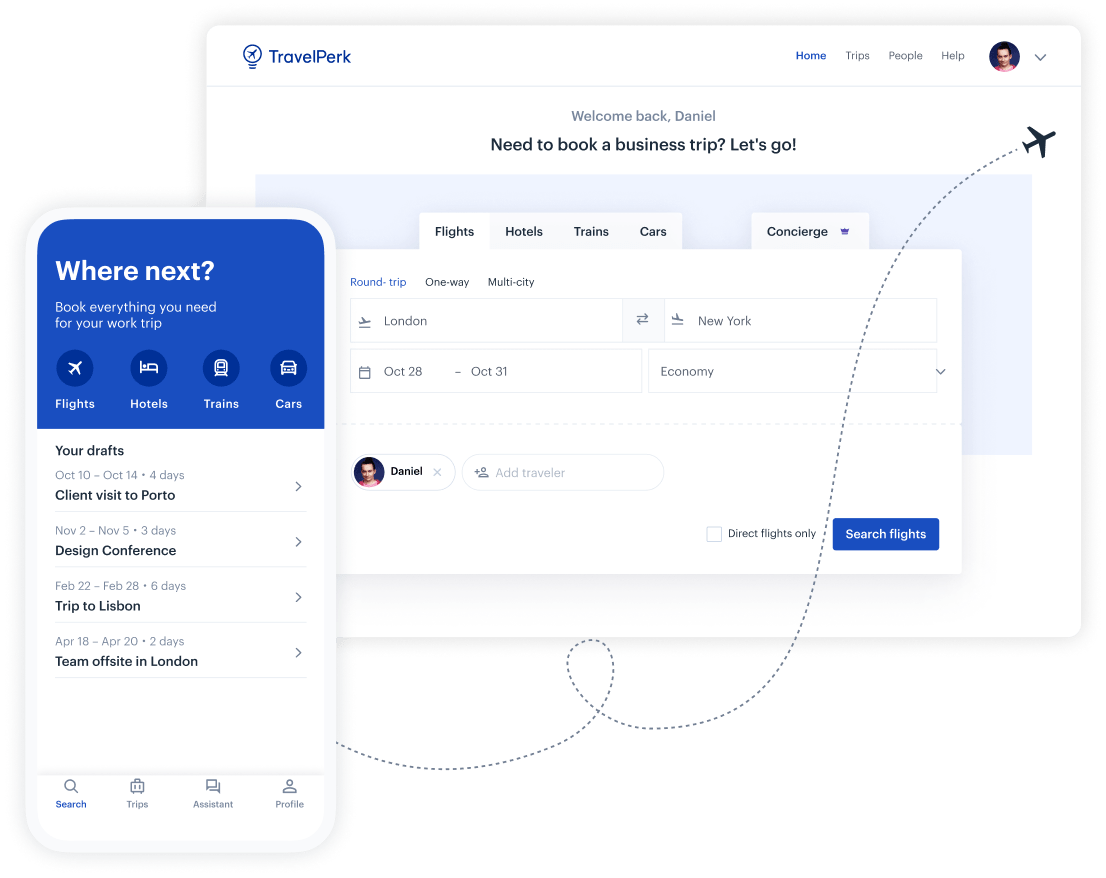A guide to UK business mileage allowance
Whether you’re an employer or an employee, it’s easy to get confused when it comes to claiming car mileage. This guide will cover everything you need to know about the car mileage allowance in the UK; from HMRC’s limit to making a claim.
What is a car mileage allowance?
If you use your car regularly for business purposes, then chances are you know a thing or two about the car mileage allowance. If not, no problem.
Here is a summary for you:
The mileage allowance covers the cost of fuel, insurance, road tax, and general wear and tear if you use your personal vehicle to make business journeys.
The allowance is basically the maximum amount that a business or individual can claim per mile. This is also known as the ‘approved mileage allowance payment’ (AMAP) and it works by reducing your taxable pay. As long as the AMAP limit is not exceeded, it will not be subject to taxation.
See how to save your company time and money on business travel
What journeys can employees claim mileage on?
Whether you use your car frequently or occasionally for work purposes, it is worth keeping track of your mileage and understanding what trips qualify to be exempt from taxes, and which do not.
Business journeys you can claim:
- Travelling from one office to another
- Travelling to a temporary location to conduct necessary business. For example, meeting a client or attending an event
Business journeys you cannot claim:
- Commuting to and from your usual office
- Travelling to a location very close by
- Any travel that is taken for a private purpose, even if an aspect of work is included such as making calls or running errands
Note: The only-tax-free way to receive reimbursement for business miles is through the approved mileage allowance. Giving an employee a company car or a fixed sum towards petrol will both be taxed, so be aware here.
Other travel expenses incurred whilst using your vehicle, such as parking charges and road tolls, will be covered under the subsistence expenditure, rather than the mileage allowance.
How much is the HMRC 2023 mileage allowance?
With the HMRC set mileage allowance, the same rate is applied for every employee, depending on the type of vehicle they use.
| Type of Vehicle | 10,000 miles | 10,000 + miles |
| Cars and vans | 45p | 25p |
| Motorcycles | 24p | 24p |
| Bikes | 20p | 20p |
This makes calculating business mileage fairly simple. You just need to multiply the miles you travelled by the specific mileage rate for your vehicle.
Take our example: If you travel 17,000 business miles in your car, the mileage deduction for the year would be £6,250 (10,000 miles x 45p + 7,000 miles x 25p).
It’s worth adding that if you travel with colleagues from the same company, the driver can claim an additional 5p per mile, per passenger. It’s definitely time to consider car-sharing with your colleagues for this benefit alone.
See how much you get back with our mileage reimbursement calculator
Check out our mileage reimbursement calculator the for UK
Can a company set a different mileage allowance in the UK?
Although the HMRC has set the rate for mileage allowance, the rates can differ depending on each company and how much they choose to pay back their colleagues.
In the case a company pays back at a lower rate, the employee can apply for a mileage allowance relief from HMRC for the difference at the end of the tax year. For instance, if the employer pays 35p per mile, tax relief can be claimed on the 10p difference per mile.
Equally, if a company chooses to reimburse more than the HMRC allowance, the extra will be subject to taxation.
It’s a good idea for employers to set clear guidelines and expectations for their employees here before they start using their own vehicles regularly for work. Establishing a regular system to reimburse employees is recommended.
What if an employee uses their own car?
We now know that if an employee uses their own car they are entitled to a car mileage allowance. That’s great, but it’s important each employee understands what they need to do in order to be reimbursed.
You’ll need to have evidence for a claim, which means an employee should keep:
- A record of the dates, destination, and purpose of each business journey
- A log of business miles driven
The best way to do this is through apps that simplify this process and keep a track of all travel expenses. Business travel expense management can be a time-consuming process, making sure that you have clear owners, and timelines will help you stay on top of things.
Personal driving miles are never covered and should never be claimed. Businesses are required to keep reliable records of their employees' claims and should pay close attention to the accuracy of the claims to avoid problems with HMRC. Check out our Guide on how to recognize and eliminate expenses fraud for reference.

